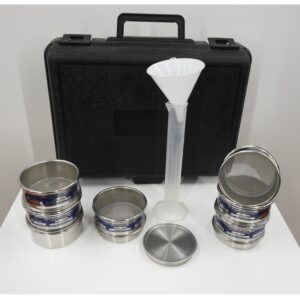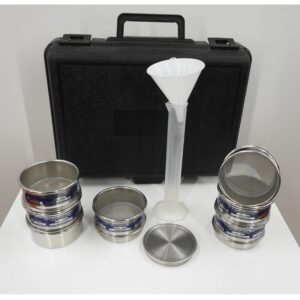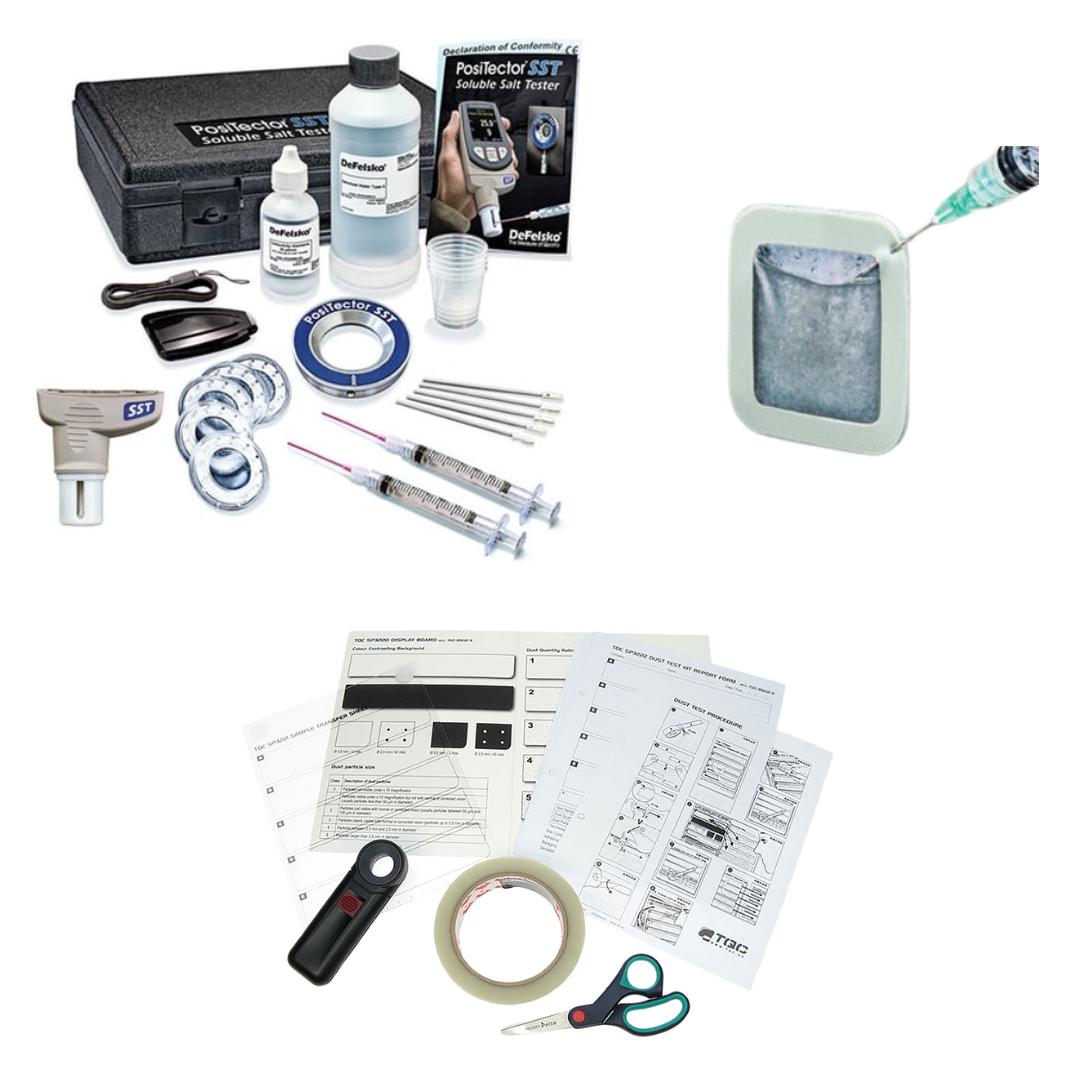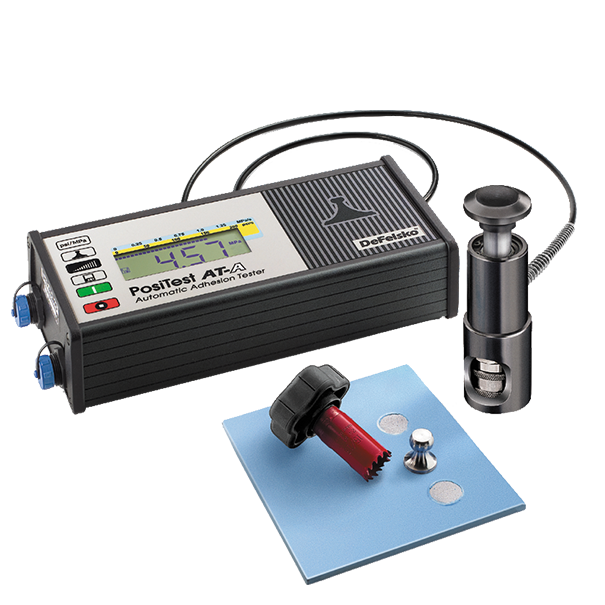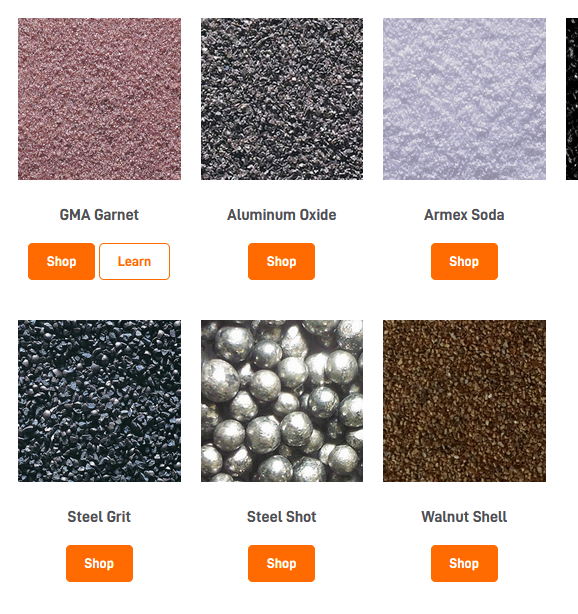Understanding Abrasive Particle Sizes: How to Test and Optimize Your Media
Testing the particle size of your abrasive is crucial for ensuring it performs effectively in your blasting projects. Whether you’re stripping thick coatings or cleaning surface pits, the ratio of particle sizes in your abrasive mix will determine the efficiency and quality of your work. Here’s why and how to test your abrasive particle sizes for optimal results.
Why Particle Size Matters
- Project-Specific Performance: Different particle sizes serve different purposes. Larger particles are ideal for removing thick coatings and creating a strong surface profile, while smaller particles excel at cleaning corrosion and fine surface details. By testing the particle size, you ensure your abrasive is tailored to your specific project needs.
- Maintaining a Balanced Mix in Recycled Abrasive: When recycling abrasive, it’s important to monitor for dust build-up and maintain a balanced mix of particle sizes. Over time, recycled abrasive tends to break down into finer particles, potentially reducing its effectiveness. Regular testing allows you to identify when to refresh your mix with coarser particles to maintain optimal performance.
Simple Steps for Testing Abrasive Particle Size
Using a BlastOne abrasive test kit, you can easily test your abrasive particle size on-site or in your facility:
- Prepare the Sample: Take a well-blended sample of your abrasive mix and fill the graduated cylinder to 50ml, tapping it gently to remove air pockets.
- Sieve the Sample: Stack the test sieves in order, with each sieve filtering out progressively smaller particles. Pour the abrasive into the sieve column, shake for at least 2 minutes, and tap on a hard surface to ensure all fine particles pass through.
- Measure and Analyze: Separate the sieves, empty each one into the cylinder, and measure the volume. Convert the volume into a percentage by doubling the ml amount—this percentage represents the ratio of each particle size in your mix.
Key Considerations for Effective Blasting
- Avoiding Large Particles: Particles larger than 30 mesh may increase abrasive consumption and surface profile beyond what’s necessary, leading to higher paint use. Reserve these larger particles for heavy-duty coating removal.
- Focusing on 50-80 Mesh: The 50-80 mesh range is critical for cleaning surface pits. Ensure a significant portion of your abrasive falls within this range, especially when working with new steel.
- Minimizing Dust: Particles smaller than 140 mesh accumulate as unusable dust. When testing recycled abrasive, this dust should not exceed 3-4%, and ideally, it should be minimal in new abrasive.
Testing Frequency
- New Abrasive: Test every new batch upon delivery to confirm it meets your specifications.
- Recycling Environments: For large projects, daily testing is recommended. In smaller facilities, a weekly test is sufficient. Adjust your recycling process if you detect high volumes of fine particles, particularly those smaller than 80 mesh.
 My Account
My Account

